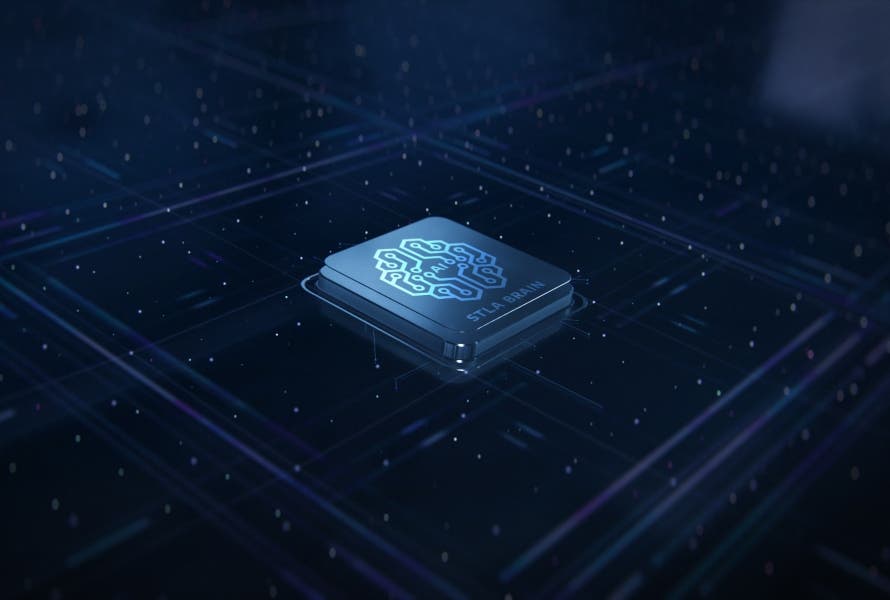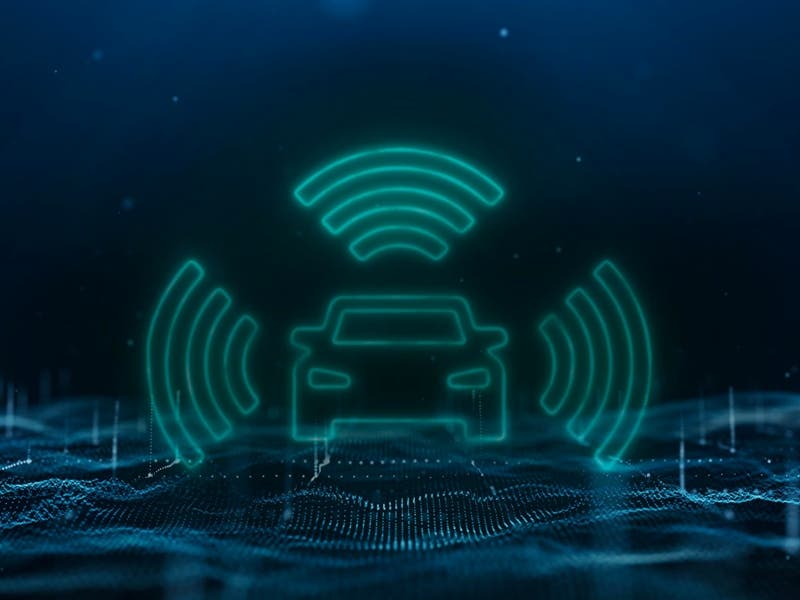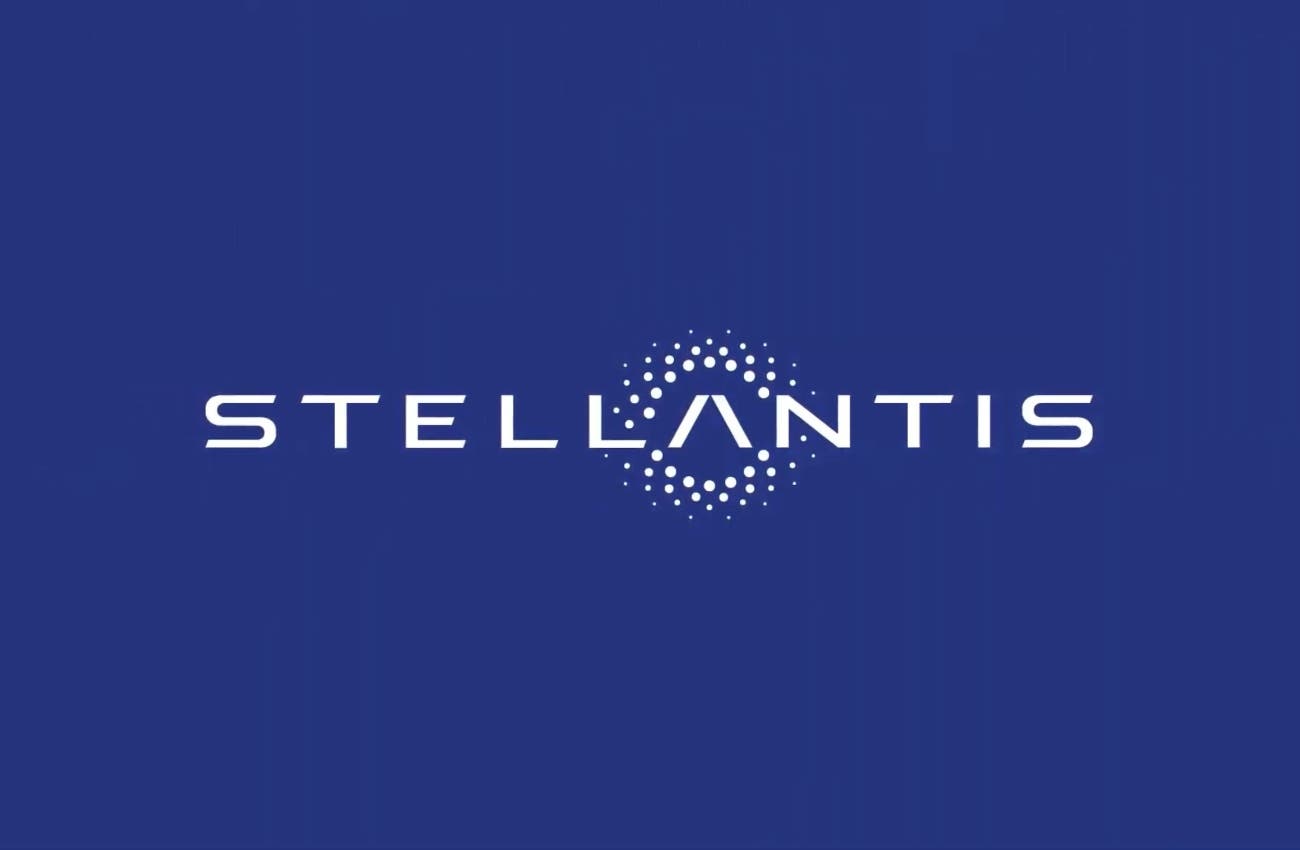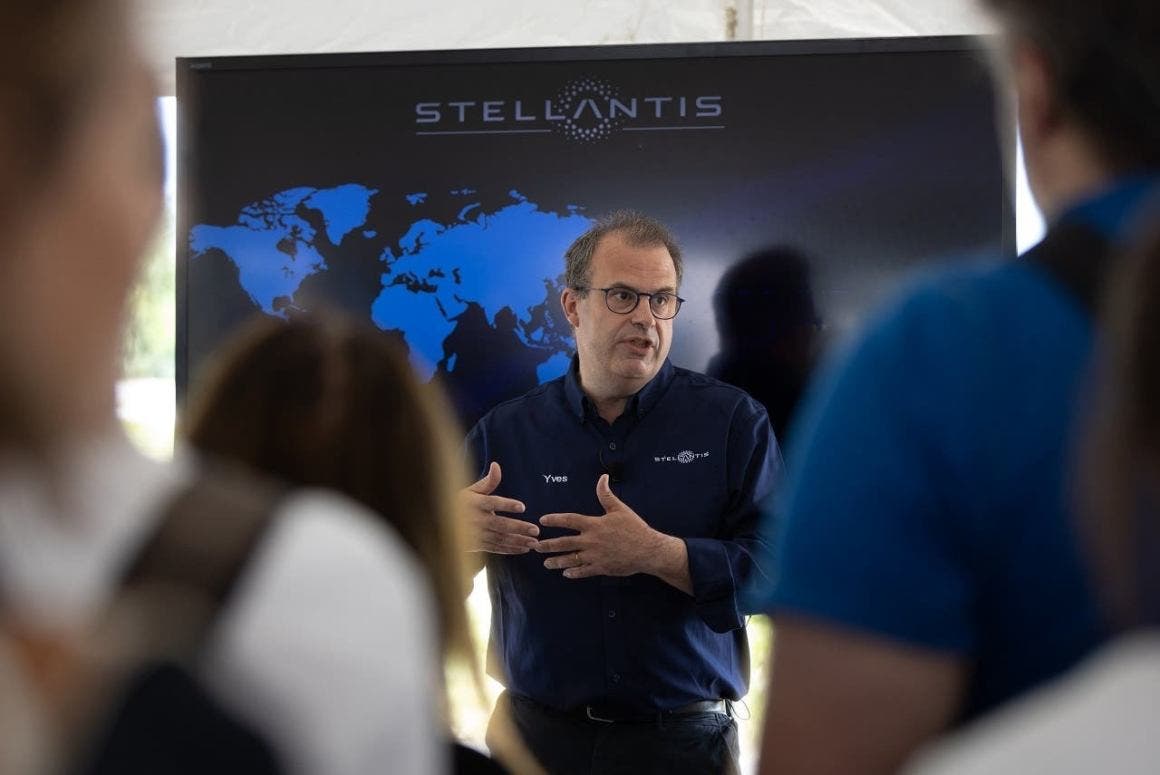Stellantis unveiling its software strategy with the goal of improving the driving experience for customers of all its 14 brands. The automaker announced a series of new software products and connected features for existing and new vehicles that will be launched over the next few years.
Stellantis software strategy: STLA Brain, STLA SmartCockpit and STLA AutoDrive
Stellantis is driving the future of mobility with a comprehensive software strategy that transforms the driving experience for owners of all of its 14 brands. Through its successes, Stellantis is taking a decisive step forward in its software innovation journey. These advances have been enabled by a steady stream of new connected features, leading to a 2.5-fold increase in revenues from software and connected services since 2021. The number of subscribers to these services has reached 5 million worldwide, while the monetizable vehicle fleet has grown by 15 percent to 13.8 million units. In 2023, Stellantis also provided more than 94 million over-the-air (OTA) updates on its existing vehicles. At the core of Stellantis’ software strategy are three platforms. The company is introducing new cloud-based design and testing tools, including the revolutionary Virtual Engineering Workbench. This tool aims to transform the way car software is developed, tested and implemented, ensuring greater speed, quality and accuracy. At the heart of this revolution are three innovative platforms:
STLA Brain is the core architecture that provides powerful functionality, centralized access to sensors and controls for real-time feature performance, and over-the-air updates. It reduces complexity by halving the number of electronic control units (ECUs) per vehicle to about 60 ECUs. New functionality can be developed in-house in less than six months, a quarter of the time required for the current process. Technology implementation is expected by the end of 2024, with integration into vehicles by 2025.

STLA SmartCockpit paves the way for a new generation of personalization and connectivity features based on machine learning and artificial intelligence. An emphasis on simplified menus enhances ease of use, while AI-based experiences give vehicle occupants more options for navigation, multimedia, climate, lighting, and advanced features. The system is built around a personal digital profile that knows your preferences and accompanies you in every Stellantis brand vehicle. Technology implementation of STLA SmartCockpit is planned by the end of 2024 with a first integration in a Stellantis vehicle by 2025.
STLA AutoDrive optimizes the capabilities of STLA Brain and STLA SmartCockpit to provide useful and continuously updated driver assistance systems (ADAS). The system aims to significantly improve the distance traveled and uninterrupted time of ADAS-assisted trips. Technological implementation of the “without looking at the road” system is planned by the end of 2024, with commercial launch in 2025.

In addition to the three main platforms, Stellantis also develops related services and software-generated features for individual customers and commercial fleets. Here, some examples of currently available features. The e-ROUTES is an integrated smartphone app for route planning, powered by real-time vehicle data and designed specifically for electric vehicles. The ChatGPT-powered virtual assistant allows customers to learn more about the world around them, where they are going, and can also tell stories to passengers.
The AppMarket is a central connectivity hub that integrates regularly updated services and experiences with the ability to subscribe and purchase subscription from the vehicle. Then, Free2move Connect Fleet is a fleet management platform that connects the fleet manager to their vehicles for real-time visibility.
MyTasks, on the other hand, displays on the vehicle’s infotainment screen all the information the driver needs to effectively perform the tasks on his or her schedule.
And Mobilisights leverages data from 13.8 million connected Stellantis vehicles to offer innovative solutions that improve vehicle fleet management, driver experience, traffic management, and city planning.

The result of joint work between internal teams and strategic partners, the new software solutions open the door to a range of cutting-edge capabilities for the Stellantis vehicles of today and tomorrow. Stellantis’ software strategy is an important step for the company as it strives to become a leader in future mobility. This investment in technology will enable Stellantis to offer its customers smarter, safer and more connected vehicles.

